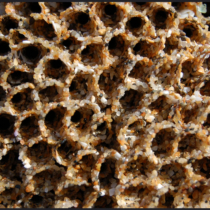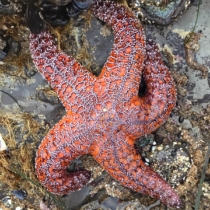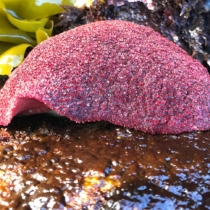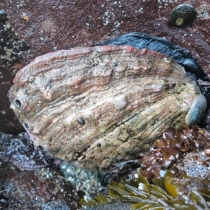This installment of Climate Connections by Sara Hutto Ocean Climate Program Coordinator for NOAA’s Greater Farallones National Marine Sanctuary was funded by NOAA’s CA Bay Watershed Education and Training (B-WET) Program
Hello LiMPETS educators, and welcome to the second edition of Climate Connections, where we connect you to the latest information on our changing climate. With a new year came a new administration and a new federal (re)focus on climate change. Hurrah! Considering 2020 tied with 2016 as the hottest year ever, and the last 6 years were the hottest 6 years ever (do I sound like a broken record from last year’s report?), there’s no time like now to take some bold actions:
- Climate change has now been elevated at the federal level, with two new White House positions: a Cabinet-level Envoy for Climate (focusing on national security and international relations) and a National Climate Advisor (focusing on domestic climate policy).
- A new Civilian Climate Corps will put Americans to work protecting and restoring our lands and waters.
- Following California’s lead, the Biden Administration has committed to protecting 30% of America’s land and waters by 2030.
- And there’s more! To keep track of it all, check out this nifty environmental protections tracker by the Washington Post.
This represents a sea change in federal policy, and was inspired and catalyzed by communities (and often our students!) coming together and demanding federal action. This work will never be complete; talking about climate change with our friends and neighbors, and making our voices heard through marches and voting, will be critical to reaching the solutions we need.
Meanwhile, we continue to further our understanding of climate impacts on our special ocean places here on the California coast. A new 2020 Climate Impacts analysis and summary for Greater Farallones National Marine Sanctuary compares climate trends to an analysis of climate impacts we conducted back in 2010. We’ve found that while some projected impacts remain the same (e.g. our sea level rise estimates have not changed), many impacts are accelerating faster than we initially expected. Precipitation extremes (atmospheric river, anyone?!), rising ocean temperatures, decreasing pH, and northward shifts in species are all happening faster than we expected in 2010. What does this mean for our special ocean places? This is the focus of a great amount of research on our coast, including the data collected by students through LiMPETS. Now more than ever, we need the collective wisdom of our research community and citizen scientists to understand how these climate impacts are changing ocean ecosystems. LiMPETS continues to provide data to ongoing efforts to responsibly manage these important places for future generations to enjoy. So, thank you LiMPETS educators for all you do!


































